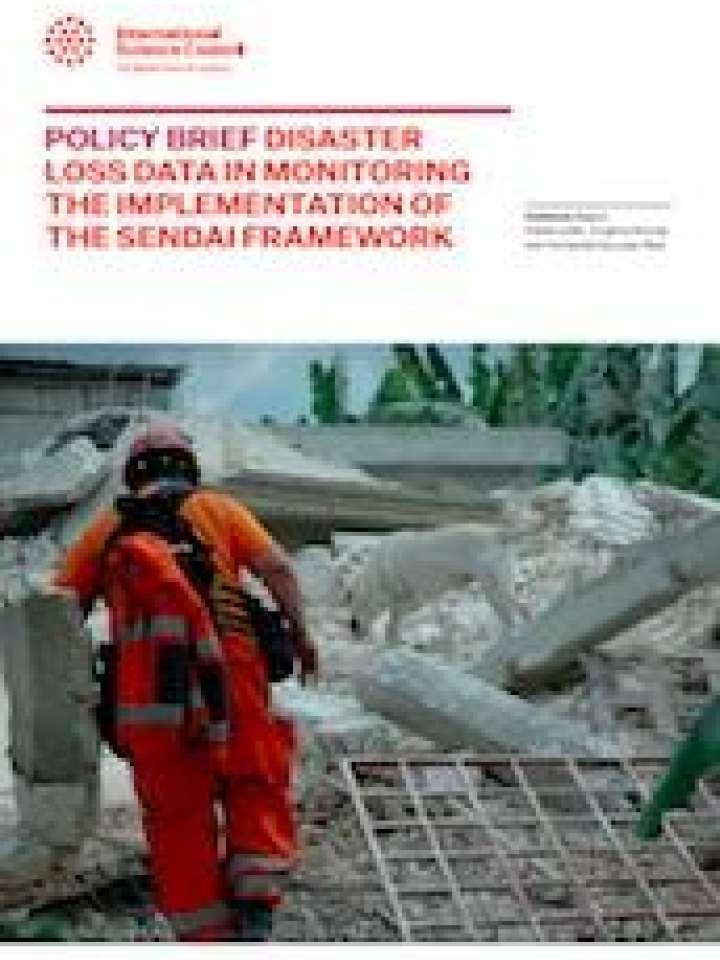Policy brief: Disaster loss data in monitoring the implementation of the Sendai Framework
Disaster data archives and loss data collection are fundamental to comprehensive assessment of socially, temporal and spatially disaggregated impact data. Risk interpretation, with standardized loss data, can be used to provide valuable opportunities to acquire better information about the health, economic, ecological and social costs of disasters, and provide risk-based information for policy, practice and investment.
This policy brief provides seven policy recommendations for the Global Platform for Disaster Risk Reduction 2019:
- Improve partnerships between intragovernment agencies, academic, private sector, NGOs and insurance authorities at global, national and local levels for data sharing and monitoring the Sendai Framework and its global targets.
- Build capacity via the use of the Sendai Framework Monitor online tool and other data portals. The National Disaster Management Office may not have sufficient capacity for data collection and regularly updating various platforms. Regular training and capacity building is essential.
- Data interoperability is essential to reduce duplications of data. Within the UN system, there are several data collection system practices (i.e. KoBo, Rapid Pro, etc.) which need to have interoperability with Sendai monitoring.
- Appropriately tagged disaster loss data can help reveal the relationships between exposure, capacity, vulnerability and overall resilience. A systematic approach could generate knowledge on historical vulnerability, hazard and disaster loss data, which provides invaluable data for future reference.
- Appropriately standardized disaster loss data quantification can identify gaps in risk assessment, simultaneously improving disaster risk information, which could provide common guidelines on methods of hazard, exposure and vulnerability assessments.
- A key consideration needs to be resource mobilisation and consistency for the improvement of data collection, recording and reporting at all levels. This may require further levels of investment in building local and regional data collection capacity and, consequently, supporting IT infrastructure.
- Comprehensive disaster loss data could be utilized to produce valuable risk information for decision-making authorities.
Explore further
